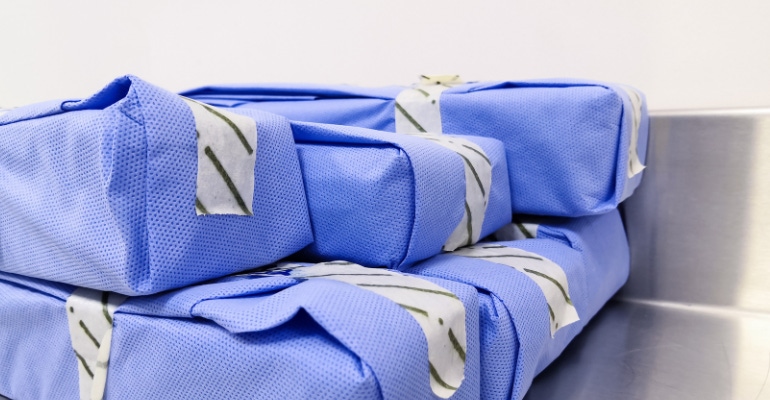EtO Proposal Could Cost Companies More than the $220 Million Estimated
With renewed controversy, the EPA’s EtO proposal may cost sterilizers more than originally estimated, creating unease for small companies unable to play ball.

The proposal by the Environmental Protection Agency (EPA) to implement tougher standards on toxic chemicals used for sterilizing medical equipment, namely ethylene oxide (EtO), is facing renewed controversy after a report by Moody’s Investors Service estimated that commercial medical device sterilizers may need to spend more than $220 million to meet the agency’s limits.
According to the proposal, companies would need to slash EtO concentrations used to sterilize medical devices down to 500 milligrams per liter for each cycle and ensure pollution controls are in place and working. On a nationwide scale, these measures, EPA said, would cut EtO emissions by about two-thirds from 2020 levels, bringing them down by 80% per year which would fall below the Clean Air Act’s benchmark for elevated cancer risk.
The proposal estimated that the 86 United States sterilization facilities, which are owned by 46 different companies, would cumulatively need to spend $220 million in one-time capital investments as well as an additional $86 million a year in recurring operating and maintenance costs on upgraded equipment. However, Moody analysts wrote in their report that the total cost could exceed those estimates.
Steris and Sotera Health, two companies that focus on sterilization, have already started upgrading their equipment in anticipation of the new regulations, giving analysts an idea of what has already been spent. In the past two to three years, the companies have spent more than $30 million each on equipment upgrades and are expected to need an additional $25 million to $35 million each to comply with the proposed regulations. Additionally, Moody analysts expect annual operating costs for the companies to increase by $5 million to $10 million.
“Steris has implemented its sustainable [EtO] cycles, which significantly reduced the amount of [EtO] used per cycle. Management has noted that they believe that Steris has gone ‘above and beyond’ the prior regulatory requirements and has implemented wet scrubbers and catalytic oxidizers as well as abatement systems in its warehouses to capture fugitive emissions,” according to a Needham report. “… it is unclear what, if anything, additional Steris will need to do to meet the new regulations, [and] whether there will be any material costs associated with this…”
Now, large companies that operate their own sterilization plants like Medtronic, Stryker, Baxter, and Becton Dickinson, as well as larger sterilization companies like Steris and Sotera Health, should be able to fund the additional spending with cash on hand. However, the extra costs may force some smaller companies to jump ship, according to the Moody report, which wrote that the additional costs could be “untenable for small companies with just one or two sterilization facilities, especially if those facilities are old and operate at smaller scale.”
If approved, the proposal would give companies 18 months to install required pollution controls if not already in place, which Scott Whitaker, AdvaMed president and CEO, previously stated is too short as the industry continues recovering from the pandemic and supply chain woes.
“… 18 months to implement the NESHAP requirements is much too short,” Whitaker said. “It could take many months for abatement equipment to arrive. Supply chains and manufacturing are still recovering from the pandemic.”
The proposal remains open for comment until June 27.
About the Author(s)
You May Also Like



.png?width=300&auto=webp&quality=80&disable=upscale)
